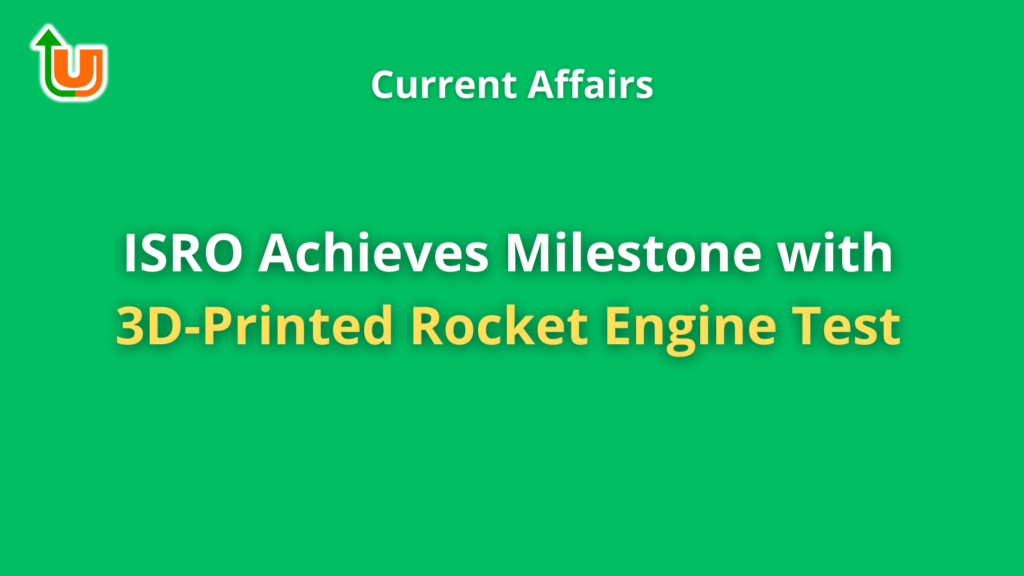India’s space agency, the Indian Space Research Organisation (ISRO), has achieved a significant milestone in space technology by successfully hot testing a 3D-printed rocket engine.

Jump to
The 3D-Printed Rocket Engine
- The engine, designated for use in the PS4 stage of ISRO’s workhorse rocket, the Polar Satellite Launch Vehicle (PSLV), was manufactured using additive manufacturing (AM) technology, commonly known as 3D printing.
- This innovative approach, known as Design for Additive Manufacturing (DfAM), has yielded remarkable advantages.
Advantages of 3D Printing
- The Laser Powder Bed Fusion technique employed in the manufacturing process allowed ISRO to reduce the number of engine components from 14 to a single piece, eliminating 19 weld joints.
- This streamlined design significantly reduced raw material usage per engine, from 565 kg to a mere 13.7 kg of metal powder.
- Overall production time was also cut by an impressive 60%.
Engine Specifications
- The PS4 engine uses a bipropellant combination of nitrogen tetroxide (oxidizer) and monomethyl hydrazine (fuel).
- Prior to the successful 665-second hot test, ISRO conducted a comprehensive development program, validating the engine’s performance parameters through rigorous tests.
Implications for the Future
- The successful hot testing of the 3D-printed PS4 engine paves the way for its induction into the regular PSLV program.
- This achievement marks a new era of advanced manufacturing techniques for India’s space endeavors.
View More Sources:
Read More:
- Neeraj Chopra: A Golden Throw at Federation Cup 2024
- Sunil Chhetri: A Legend Bows Out from International Football
- A New Dawn: Over 300 Individuals Embrace Indian Citizenship Under CAA
- Pixel Play: HDFC Bank’s Leap into the Future with India’s First Virtual Credit Card
- ‘Lord Curzon Ki Haveli’: A Triumph at the UK-Asian Film Festival
- CJI Chandrachud’s Address at J20 Summit: A Beacon of Transparency and Service





